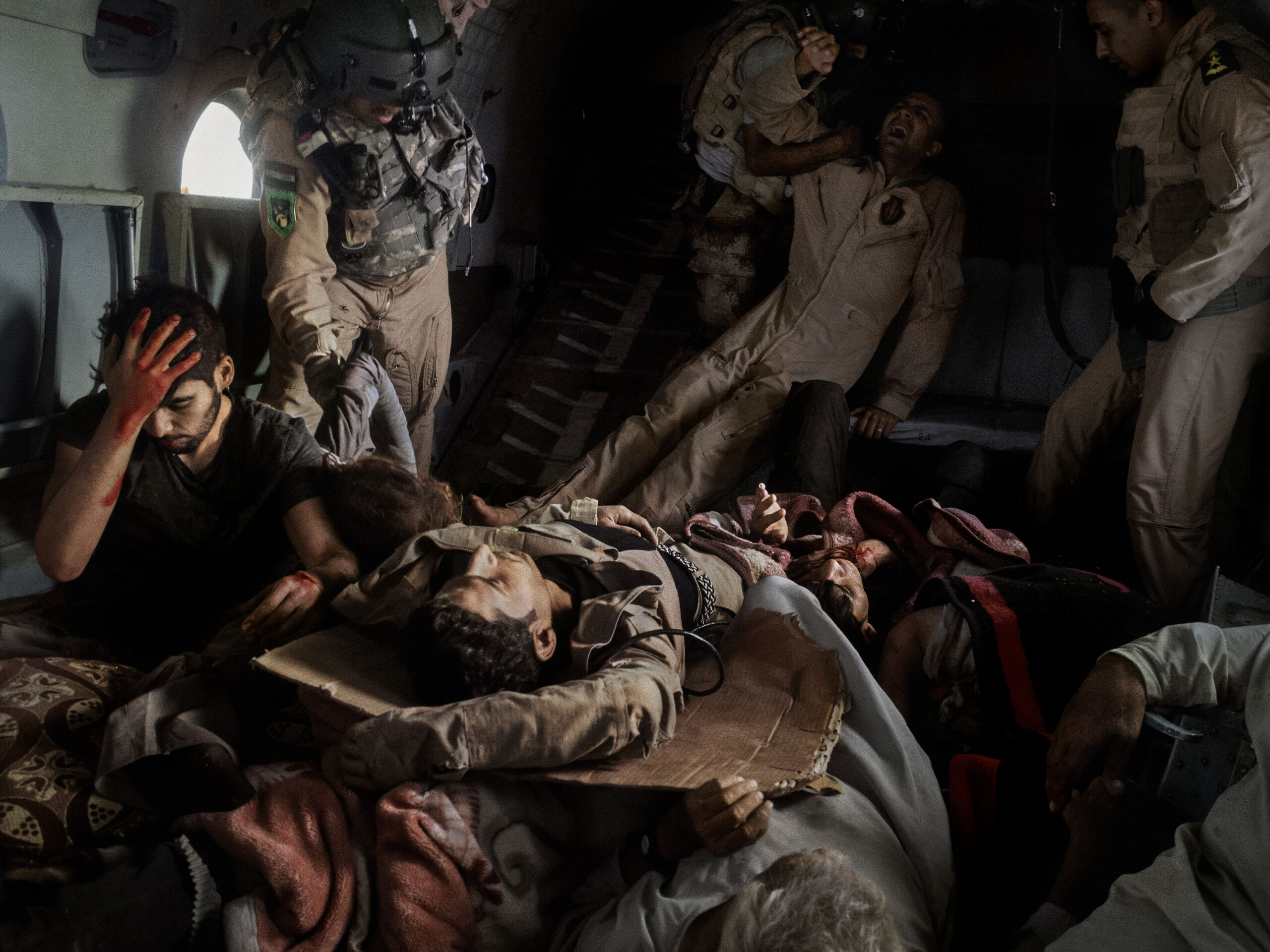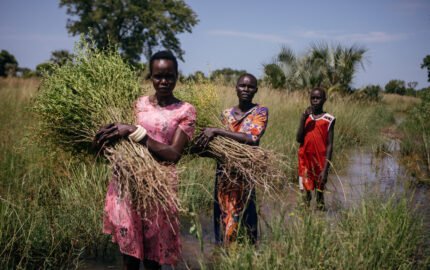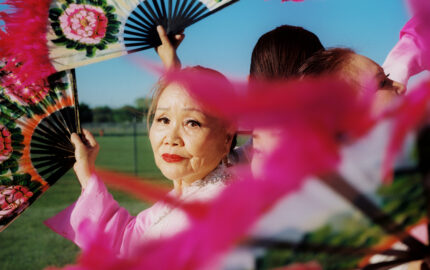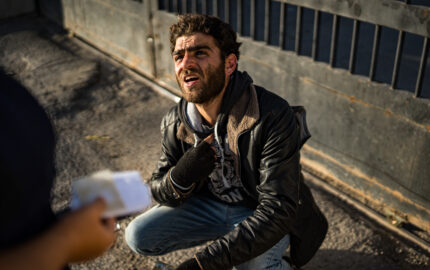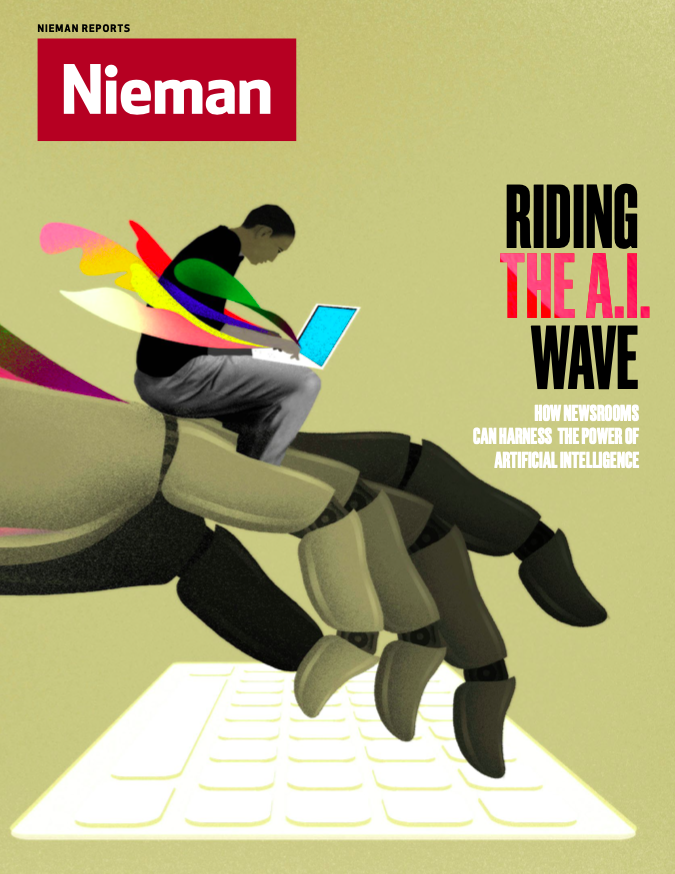
From image generators like DALL-E to the chatbot ChatGPT, artificial intelligence has experienced a boom recently — and journalists are beginning to grapple with what its new popularity will mean for the profession.
While some have shared concerns that AI would replace human writers and riddle the internet with plagiarism and misinformation, Nieman Reports’ Summer 2023 issue spotlights the ways newsrooms are using AI to bolster their work. Because they can translate stories into multiple languages and send personalized newsletters to subscribers in a fraction of the time it would take a human, AI has allowed publications to expand their reach, better engage their audiences, and free up journalists’ time to focus more on their reporting.
In August 2014, I was on assignment for TIME to cover the rapid advance of Islamic State fighters from Syria into parts of northern Iraq. Their advance had forced the mass exodus of the local Yazidi population, a religious minority that has lived in this border region for centuries. Threatened with genocide and surrounded on three sides, thousands of Yazidis sought refuge in Mount Sinjar, a mountain range with interconnecting valleys that has offered them a natural sanctuary during past periods of conflict.
I boarded a worn-out Iraqi Air Force helicopter for the dangerous 40-minute flight across Islamic State territory. The mission was to deliver bottled water, bread, bananas, and hygiene kits to the thousands of helpless Yazidis stranded on Mount Sinjar and pick up a small group of sick children and elderly people in need of immediate medical attention.
Mount Sinjar is a spectacular sight, surging skywards, abruptly, amid the vast desert badlands that separate Syria and Iraq. As we flew lower toward the landing zone, the scale of the tragedy became apparent. Hundreds of miniature figures dotted the bare mountain top, some of them motionless, others running in our general direction, their faces and desperate gestures calling for help and coming into focus as the helicopter set down in a storm of noise and dust.
Upon landing, a crowd surged towards the helicopter, and I jumped off and started taking pictures of the drama unfolding. Desperate women holding on to their infants, an old man on crutches, several unaccompanied children, and more than a dozen others pushed their way past the crew and into the helicopter. The crew forced some off at gunpoint, but unable to keep the situation under control, the pilots ordered their men to abort the mission and prepare for a hasty lift-off. I fought my way back inside the helicopter and managed to stand on a bench holding on to the fuselage, struggling to keep my balance while photographing the chaotic situation around us.
Then suddenly, seconds after we were airborne, the chopper banked hard to the side and crashed on the mountain ravine, unable to handle the weight of too many passengers. I do not remember the precise moment of impact; all my senses were focused on taking pictures amid the deafening noise of the chopper rotors.
Immediately after the crash, I opened my eyes, and it was dark and silent. It took me another second to realize that I was alive, but stuck and unable to move under a pile of people. This is the moment when I was faced with the fear of a suffocating death, until minutes later someone started pulling the bodies on top of me and pulled me out from the wreckage.
I took this photograph aboard a second helicopter that came to our rescue a couple of hours after the crash. In this image, wounded survivors of the crash sit next to the bodies of four people, including one of the pilots of the doomed helicopter, as they are flown back to a base for medical attention. Here, I was thrust into two roles at once — journalist and human being affected by the war’s danger and violence. After getting over the shock of the crash and realizing that I was OK, I sprang into action to document the scene. This is an example of a change in my work that was forced upon me by circumstance. I hope that my photographs of this event convey not just the gory details of the crash but also the human dignity of the Iraqis most affected by the conflict.
Though news from Iraq has faded from the front pages of most Western news outlets and the threat from ISIS has diminished, sectarian violence continues. In the decade since I took this photograph, thousands of Yazidis remain internally displaced, as the situation in Iraq continues to challenge their sense of security.
In that time, I also became interested in capturing the personal and familial histories of Iraqis as well as the history of the country itself. I turned away from the spectacle produced at the moment of violence to its aftermath — quieter moments defined by nuance and ambiguity. In these photos, I often tried to center the humanity and resilience of the people in the images, to give face to Iraqis who lived and still live every day with the immense challenges of insecurity, violence, and poverty, and to make visible the political action and demands of a new generation of Iraqis. For me, it’s about giving voice to those who are fighting to break with this past.
